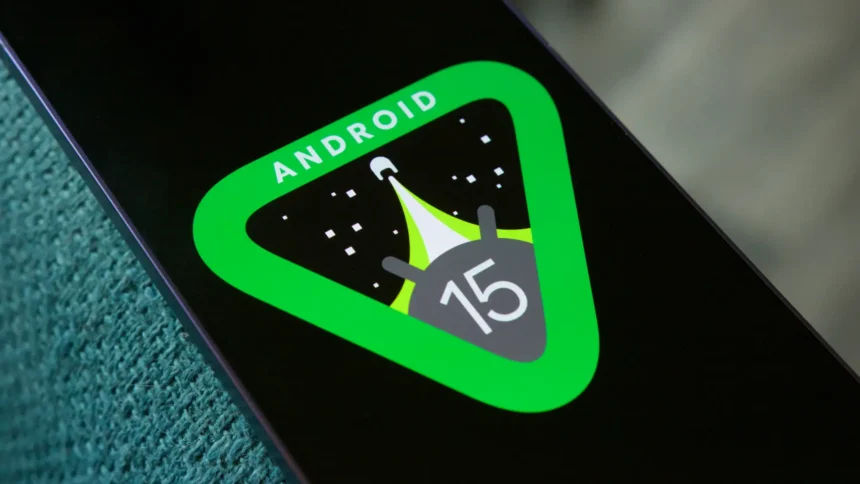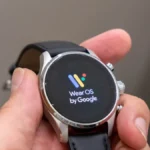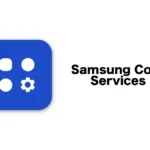Google is actively working on the next major software update, Android 15, which could bring a new way for the system to protect users from misbehaving applications.
It is already clear that Android 15 will be dedicated to security and privacy. Now, regarding this phrase, reports are unveiling that Android 15 could bring a new way for the system to protect you from inconvenient applications. Google Play Protect removes suspicious applications, but unfortunately, it’s not flawless, so for rescuing this issue, Android 15 might bring app quarantining somewhere. It appears similar to how antivirus software on computers isolates suspicious files.
Here, the term quarantined app refers to a restricted application that can’t harm your device and prevent any possible harm. Users also have the ability to either remove the quarantined app or maintain its isolation once quarantined.
However, Android applications are restricted by default and unable to access core system functions, which results in a reduced risk of malware as compared to Windows. At the moment, detailed information regarding this new change is not clear yet, but it is expected that it will suggest a way to isolate potentially harmful applications without full deletion.
The quarantined application in Android behaves differently as compared to the non-quarantine app and is surrounded by a few restrictions; for instance, the notification from it would not be visible, all its windows would be hidden, it would not be capable of ringing the device, its service could not be queried by other applications, and it couldn’t be resolved.
This feature, which appears to be similar to how antivirus software isolates suspicious files on PCs, is actually less essential in Android compared to Windows. It comes to light that a new permission, QUARANTINE_APPS, suggests that system applications such as Google Play Protect can quarantine other applications. This was speculated about in an earlier Android 14 QPR2 beta 1, but it has been removed. It is expected that it will not be available in Android 15, but it might be in a future iteration.











